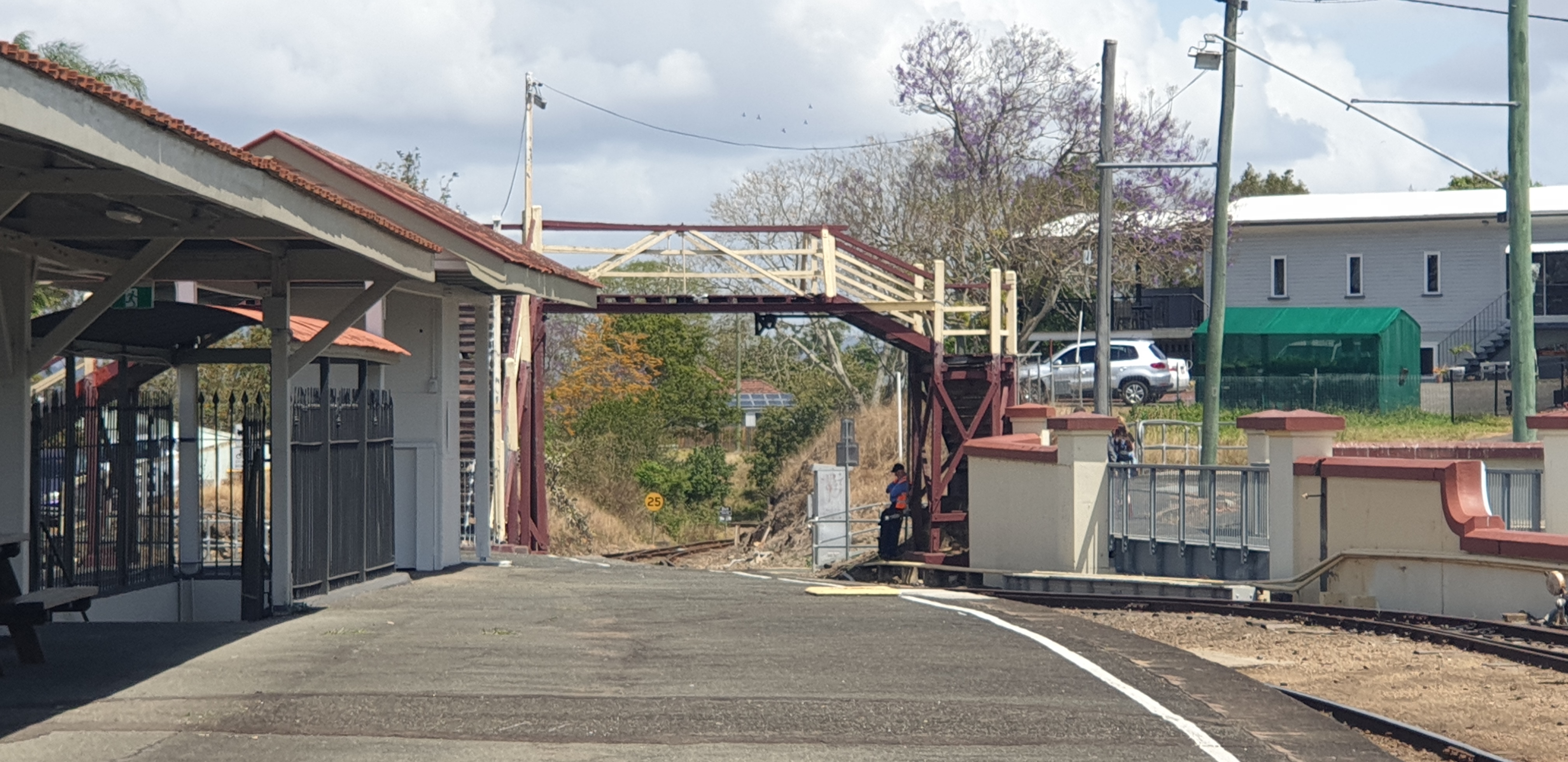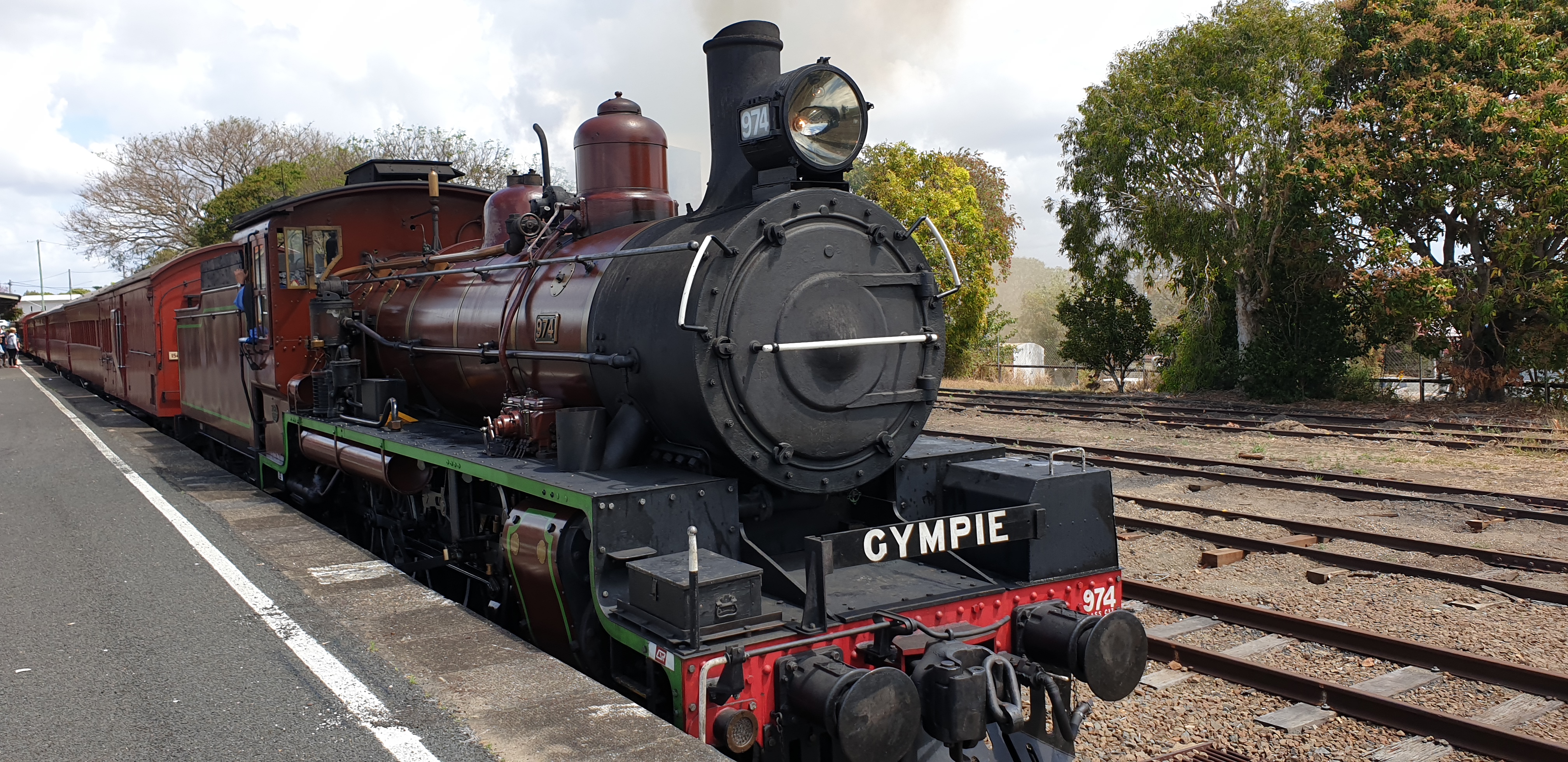Today we are traveling Qantas via Melbourne airport, on our way from Melbourne to Brisbane, using the domestic service, and a Boeing 737-800.
Thankfully Qantas doesn't have any of the 737 MAX aircraft, and if they did I would certainly think twice before I flew in one. Like many others, my trust in Boeing has been considerably diminished by what has happened.
Even flying domestically, we are told to get to the airport early, which is sound advice. Melbourne traffic has worsened considerably since the last time we visited, nearly a year ago.
Perhaps coincidentally, the night after we arrived, one of the tv stations ran a story on how the roads in Melbourne were no longer coping with the number of vehicles using them.
In fact, many of those using the inner city and major arterial routes are encountering heavy traffic mare often, and at all hours of the day, and it's not unusual to stop, and remain in what I'd call car park mode for long periods.
I experienced a typical stop-start delay where the eastern freeway ran off into Hoddle street, where the traffic was banked back two kilometers, and that was after 10 am.
What must it be like in peak hour? I was told it was basically like that all day.
But, enough about traffic...
We leave with ample time to get to the airport, hoping the two hours spare will be enough to return a hire car, as simple as that sounds. It can be complicated. Today it wasn't.
But there is the walk to the departures area, which can be a long walk, or in some cases finding a pick-up bus back to the terminal, and then the wrestle with the check-in machines, quite often tricky at best, of course, if you can find one that's working.
For some reason, there's always a few that are not, particularly when there is a large number of passengers trying to check-in. Once again it seems we picked the right day and time to fly. Plenty of check-in stations and all of them working.
Then we have to run the gamut of self-handling baggage, hoping we match the right boarding pass with the right bag, then put the bag on the belt at the right time, and pray that it weighs and scans
And that we are not over the limit of 23 kg, which we were by .4 kg and by .8 which then requires us to find a staff member to sort out the problem.
Usually, 10 others have scanning problems simultaneously, and one assistant is both harried and overworked. How they keep cool when 9 passengers are vying for attention at the same time is beyond me.
Then we have to go through the scanners and the x-ray machine. At peak hours this can be a long queue and a nightmare, but today there's no one about. It might have something to do with the coronavirus, or it might not.
We have the added problem of needing special attention because of an artificial knee, and this can sometimes take a while to find a spare officer to conduct the personal scan.
Then if you are truly unlucky you get pulled aside for the explosive trace scan. We are blessed. Out of the last twenty times, we have been selected 19 times. I often wondered if we look like people who deal with explosive material.
But this too is quick and easy.
It looks like we'll be flying Tuesday at 2:10 pm more often.
So, we manage to get everything done and we have about 40 free minutes to get a coffee and perhaps something to eat. Wise, because these days airlines don't give you anything substantial unless it's a meal flight like breakfast or dinner.
The rest of the time it's a snack, usually a fancy biscuit or muffin, and a soft drink if you're lucky.
We get a coffee and a toasted sandwich. Don't get me started on the prices of simple food often a lot less anywhere other than an airport. You're stuck there, you pay it, or go without.
I went without, food, and had a coffee. At least it was a good cup of coffee.
After this, it was a quick visit to the chocolate shop. We've been there before and the chocolates are exquisite and you don't mind paying the huge price tag because it would be the same outside the airport and in fact probably cheaper than buying comparable chocolates overseas.
That done we go to the gate.
Of course, smooth boarding is not an option, as we are going to be delayed, this time by a passing electrical storm. This delay I don't mind. Planes might be built to withstand lightning strikes but I don't want to test the theory.
As for the flight: (Brisbane local time - 1 hour less than Melbourne local time)
1410 Advertised departure time
1425 Advised by Captain to change our clocks back one hour (from EDST to EST)
1331 push back
1340 taxi to the runway - 20 min late so far
1345 take-off
1355 hit turbulence but flying through clouds on our way to 11,000 meters
1405 advised we will be arriving 15 minutes late, take the time to look at some of the clouds
Snack time was either hommas, with crackers and nuts, or a macadamia fruit and nut slice i.e. a fancy piece of cake, which was quite delicious. It was served with a soft drink, water or juice.
The clouds were more sporadic the closer we got to Brisbane, and yes there is a reflection of my shirt coming through
I guess tea and coffee were available but the less said about airline versions of these drinks the better.
1510 start descent into Brisbane, and see some of the noticable signs of recent heavy rain fall
Crossing the Brisbane River, seeing two cruise ships were in port
1545 at gate
We ended up being 25 minutes late, but that wasn't the worst effort for an airline. I guess they cannot be held responsible for bad weather delays.












